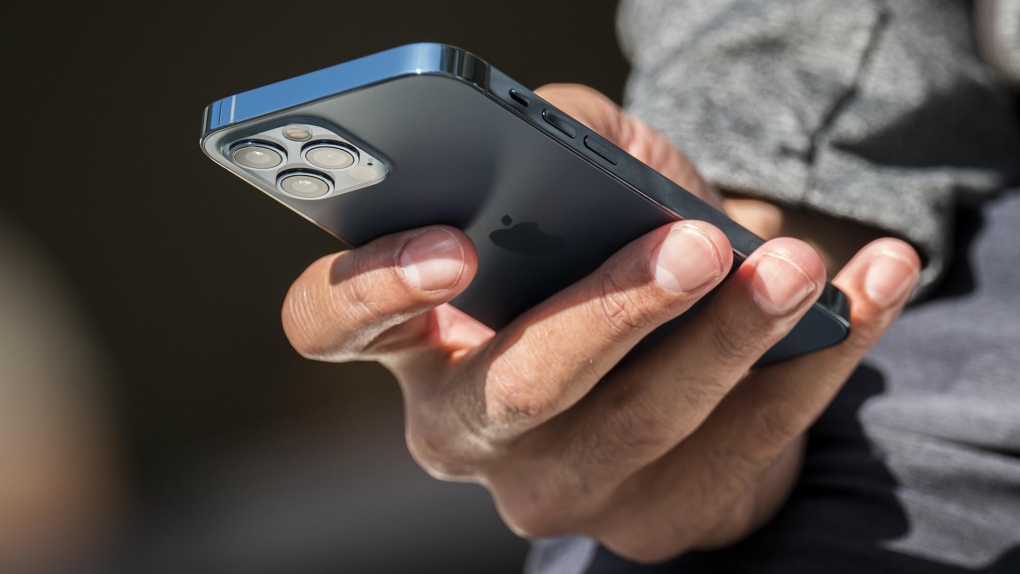TORONTO -
A new study reinforces a recommendation from the U.S. Food and Drug Administration (FDA) that patients keep any consumer electronic devices that may create magnetic interference, including cell phones and smart watches, at least six inches away from implanted medical devices.
The findings come after Apple warned its customers in January that iPhones and Apple watches might interfere with pacemakers and cardiac defibrillators.
"Ensuring the safety of our nation’s medical devices is a cornerstone of our consumer protection mission, especially as technology continues to advance," said Seth Seidman, lead investigator with the Center for Devices and Radiological Health (CDRH) at the FDA, in a press release.
The study, conducted by researchers affiliated with the CDRH, was published Thursday in the peer-reviewed Heart Rhythm Journal.
According to the study, cardiac-implanted electronic devices are intended to support heart rhythm disorders, such as slow or fast heart rates. Implantable pacemakers and defibrillators also include a "magnet mode" that suspends use of the device when electromagnetic interference is possible, such as during a medical treatment.
However, researchers say this feature can be triggered accidentally from strong magnetic fields greater than 10G, which can change how the device works and may result in serious harm to the patient.
Seidman explained that the research team reviewed "recently published articles" describing the possibility that certain, newer consumer electronics with high field strength magnets may temporarily affect the normal operation of implanted electronic medical devices.
"Based on our review, we decided to conduct our own testing to confirm and help inform appropriate recommendations for patients and consumers," he said.
To do so, researchers tested the magnetic field output of all iPhone 12 and Apple Watch 6 models at varying distances from the implanted medical devices.
The study found that all the devices had static magnetic fields "significantly greater" than 10G in close proximity -- high enough to send implanted cardiac devices into magnet mode and put a patient in danger.
However, the study reported that a maintained separation of six inches (15 centimetres) or more will not trigger the devices.
The CDRH said it is not aware of any "adverse events associated with this issue at this time" and maintained that the risk to patients is low.
Seidman said the CDRH is working to provide additional information to patients and health-care providers so they are aware of the potential risks, in addition to "simple proactive and preventive measures" to ensure their safety, such as not carrying consumer electronics in a pocket that rests over an implanted medical device.
"… The number of consumer electronics with strong magnets is expected to increase over time. Therefore, we recommend people with implanted medical devices talk with their health-care providers to ensure they understand this potential risk and the proper techniques for safe use," Seidman said.
The FDA says it will continue to monitor the effects of consumer electronics on the safe operation of medical devices, and notify the public of any changes to these recommendations.








































